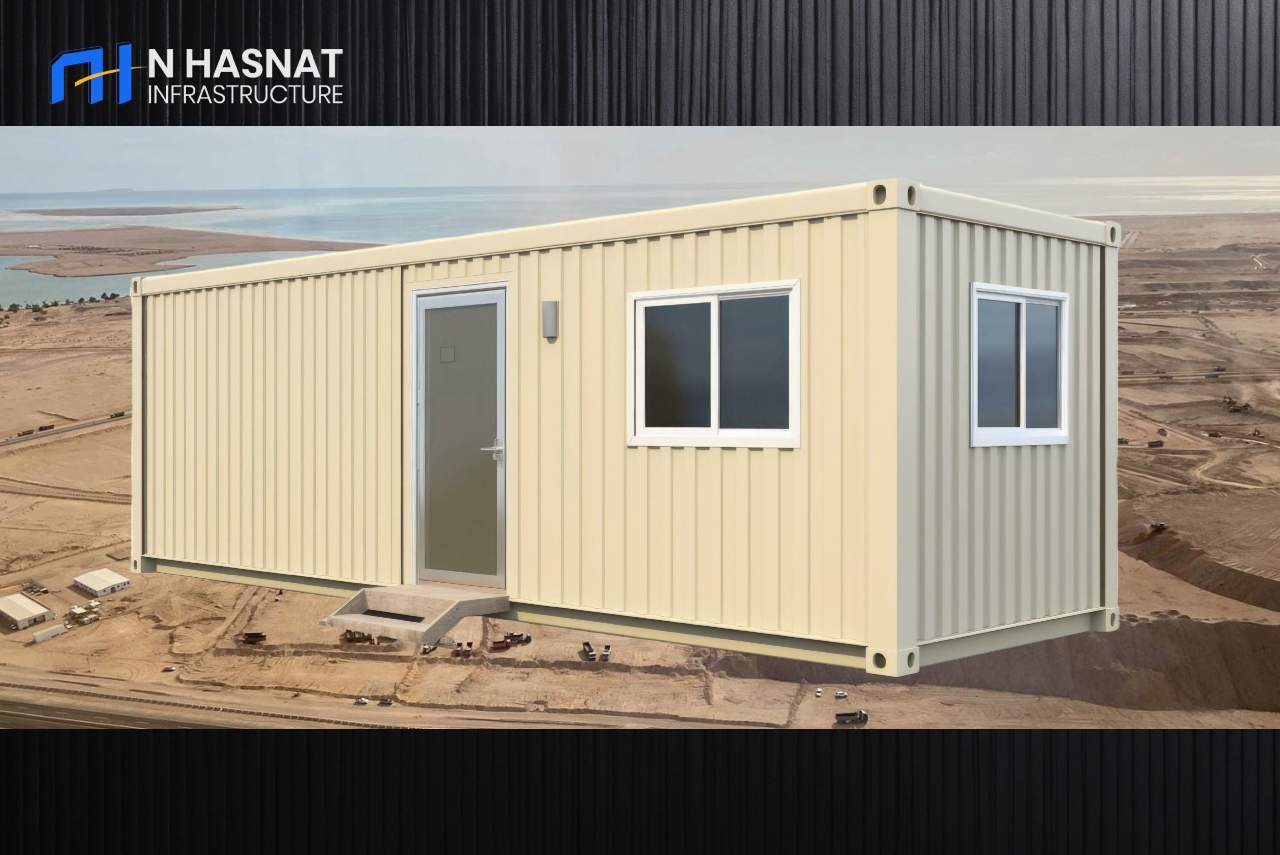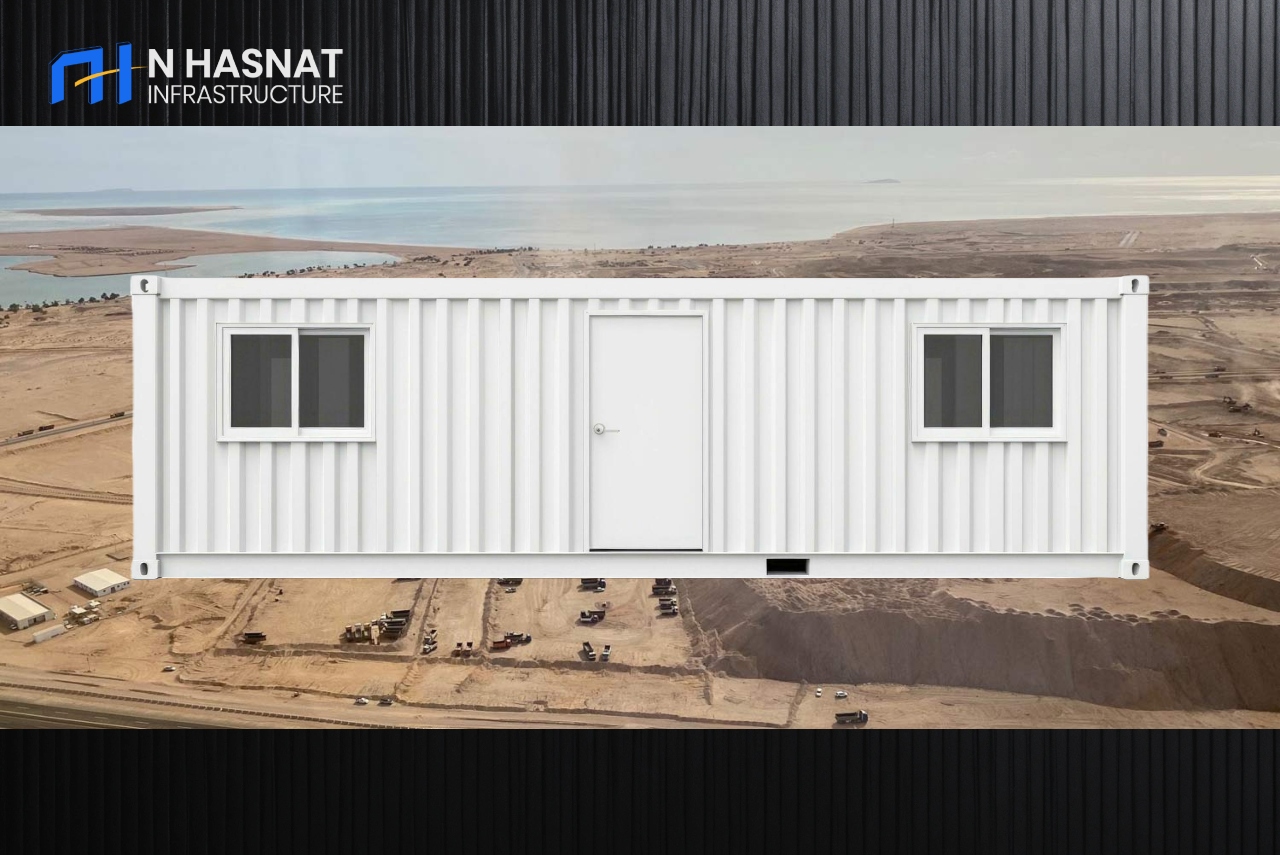
◈ Converting a Shipping Container into a Home: A Comprehensive Guide
In recent years, the idea of converting shipping containers into homes has gained immense popularity due to its eco-friendly, cost-effective, and innovative nature. These steel boxes, once used solely for transporting goods across the globe, are being transformed into stylish, comfortable, and sustainable living spaces. If you're intrigued by the notion of container living, this comprehensive guide will walk you through the process step-by-step.
The Benefits of Container Living
Before diving into the conversion process, let's explore some of the key benefits of using shipping containers as a foundation for your home:
1. Affordability: Shipping containers are relatively inexpensive when compared to traditional construction materials, making them an excellent choice for budget-conscious individuals.
2. Sustainability: Repurposing containers helps reduce the environmental impact by recycling materials that would otherwise go to waste.
3. Modularity: Containers are easily adaptable and can be combined to create larger living spaces or modified as your needs change.
4. Durability: Built to withstand harsh ocean conditions, shipping containers are extremely robust and can withstand the elements.
5. Quick Construction: Container homes can be constructed faster than traditional houses, allowing you to move in sooner.
Planning Your Container Home
Research and Design
Before purchasing a shipping container, it's essential to plan your home meticulously:
1. Legal Considerations: Check local zoning regulations and building codes to ensure that container homes are permitted in your area.
2. Budget: Determine your budget and factor in costs for container purchase, site preparation, insulation, utilities, and interior furnishings.
3. Design: Sketch out your container home's layout, taking into account the number of containers needed and how they will be positioned.
4. Insulation: Decide on the type of insulation you'll use, as this is crucial for maintaining a comfortable living environment.
Finding the Right Container
1. Size Matters: Shipping containers come in various sizes, with the most common options being 20 and 40 feet in length. Choose a size that suits your needs and fits your available space.
2. Condition: Inspect potential containers for rust, dents, and structural integrity. It's best to opt for a one-trip container, which is nearly new and in better condition.
3. Supplier: Research reputable container suppliers in your area or consider purchasing online. Ensure that delivery logistics are well-coordinated.

Conversion Process
Site Preparation
1. Foundation: Create a solid foundation, such as a concrete slab or piers, to ensure the containers are level and stable.
2. Utilities: Plan for plumbing, electrical, and HVAC systems. It may require professional assistance to install these utilities safely.
Insulation and Framing
1. Insulation: Apply insulation on the interior of the container walls to regulate temperature and reduce condensation. Common insulation options include spray foam and rigid board insulation.
2. Framing: Build a wooden or steel framework inside the container to create space for wiring, plumbing, and interior finishes.
Cutting and Modifications
1. Cutting Openings: Use specialized equipment to cut openings for doors and windows. Reinforce the edges to maintain structural integrity.
2. Interior Layout: Configure the interior layout according to your design plan. Ensure that walls and partitions are secure and adequately framed.
Interior Finishes
1. Flooring: Install your choice of flooring material, such as hardwood, laminate, or vinyl.
2. Walls and Ceiling: Finish the interior walls and ceiling with drywall, plywood, or alternative materials for a polished appearance.
3. Kitchen and Bathroom: Design and install the kitchen and bathroom fixtures, cabinets, and appliances as per your layout.
Exterior Treatments
1. Paint and Coating: Apply weather-resistant paint or coatings to protect the exterior from rust and corrosion.
2. Roofing: Consider adding a sloped roof or a green roof for improved insulation and aesthetics.
Windows and Doors
1. Sealing: Ensure all windows and doors are properly sealed to prevent drafts and moisture intrusion.
2. Security: Install secure locking mechanisms for safety.
Final Touches
1. Utilities Connection: Connect your container home to water, sewage, and electrical systems as per local regulations.
2. Furnishing: Furnish your container home with furniture, lighting, and appliances to create a comfortable living space.
3. Landscaping: Enhance your container home's curb appeal with landscaping and outdoor amenities.
Conclusion
Converting a shipping container into a home is a creative and sustainable way to build your living space. By carefully planning, selecting the right container, and executing the conversion process with precision, you can create a unique and functional container home that reflects your style and values.
